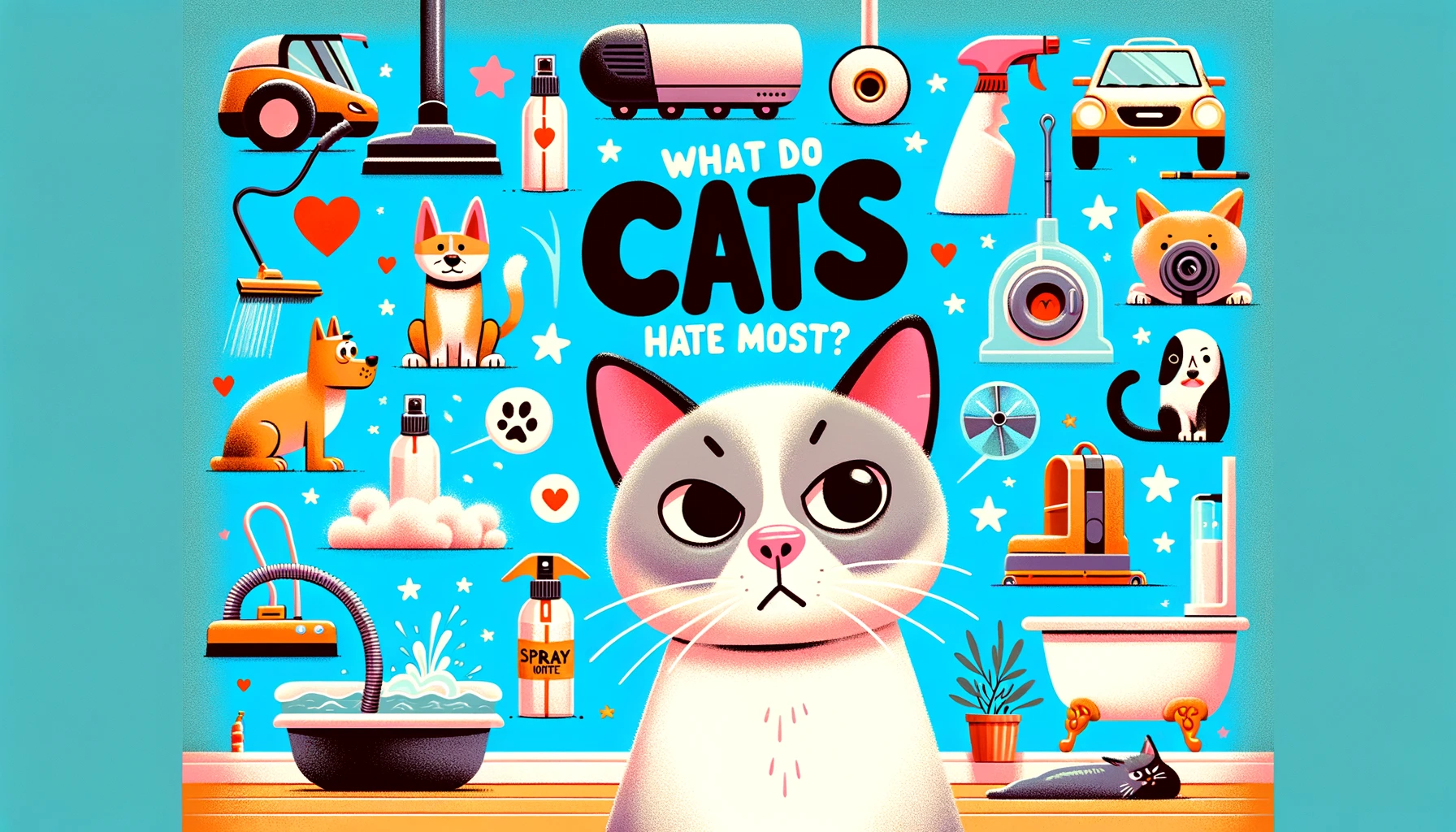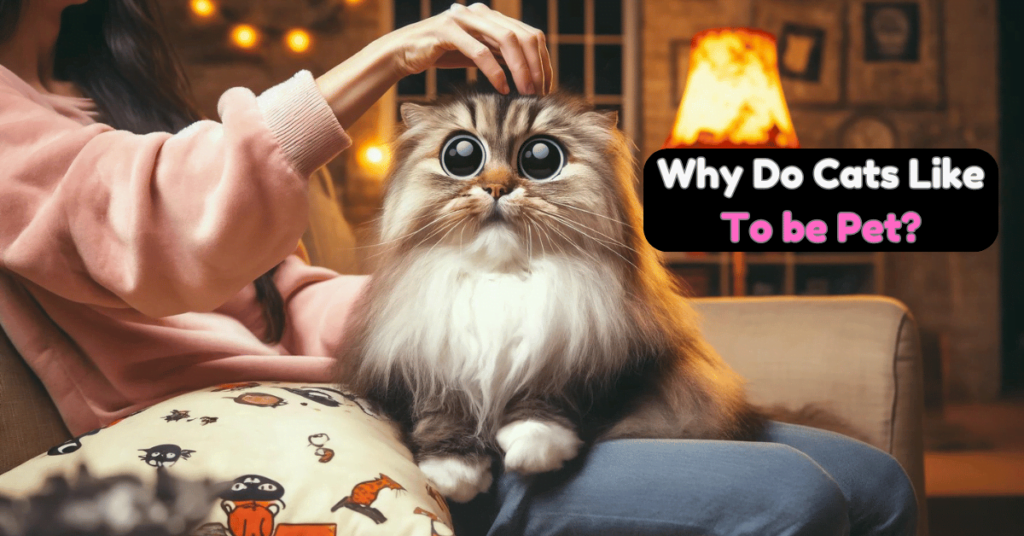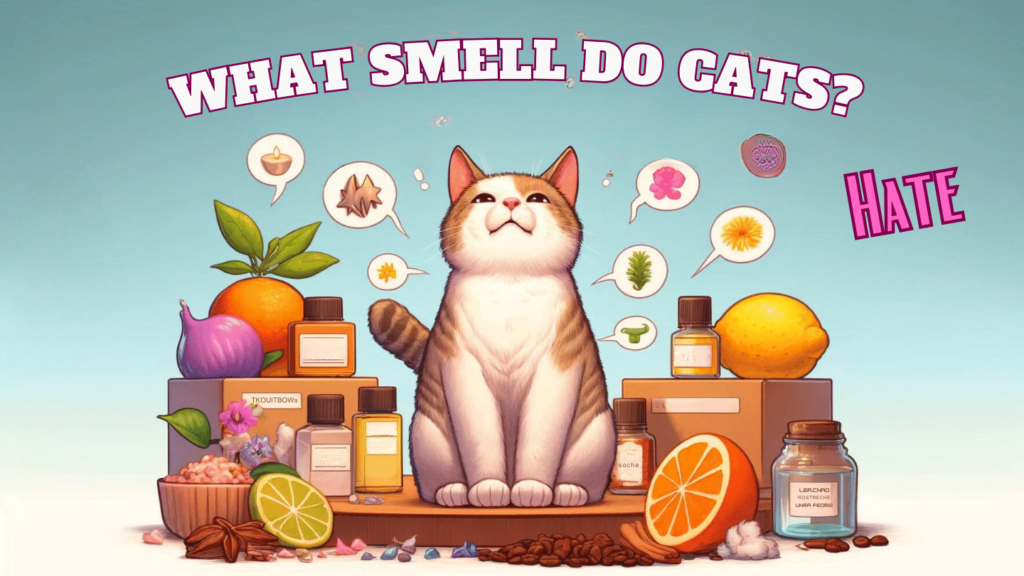This post contains affiliate links and I will be compensated if you make a purchase after clicking on my links.
Beginning Our Journey: What Do Cats Hate?
Cats, those enigmatic companions with their own set of rules, are creatures of comfort and complexity. Having explored the plethora of likes that make our feline friends purr with contentment, it’s only fair to venture into the other side of their preferences.
Yes, apart from their well-documented disdain for certain smells—which could fill a lengthy list on its own—there exists an array of dislikes that can puzzle even the most devoted cat aficionado.
Today, we delve into 16 surprising things that may ruffle the fur of your domestic overlord. By understanding what might be turning their purrs into hisses, we aim to enhance your cohabitation and get your cat to like you even more.
1. Loud Noises
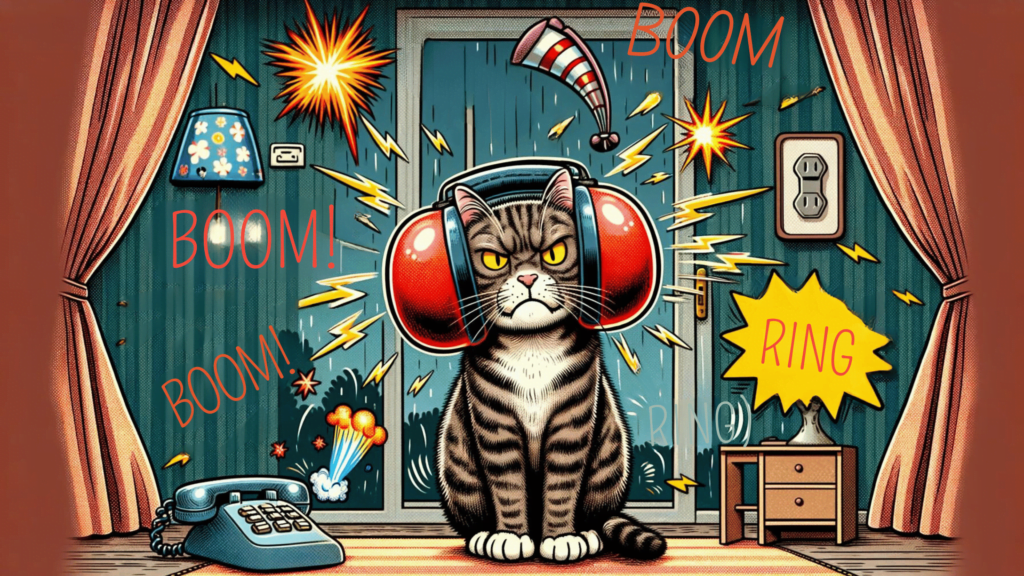
The startle reflex in cats is strong, with their sensitive ears picking up noises ranging from the subtle to the seismic. It’s not just the roar of thunder or the fireworks that unsettle them but also the high-decibel disruptions of our digital lives, from ring tones to doorbells.
Tip: To create a more serene environment, consider using white noise machines. These devices can mask the jarring interruptions, providing a constant, soothing sound that helps keep your cat calm.
2. Water
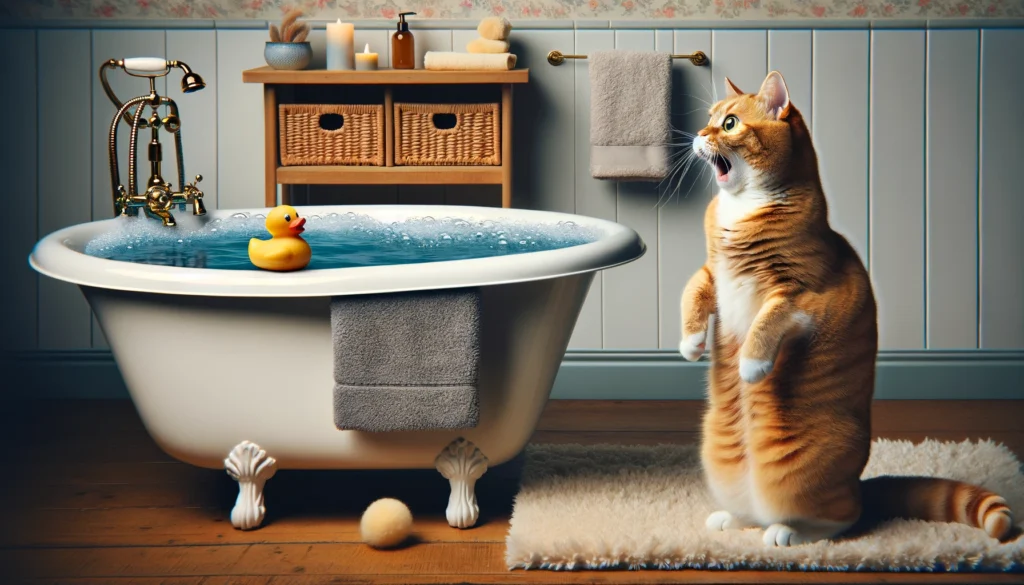
Water and cats—a pairing often met with resistance. While some brave felines like Bengal Cats defy the stereotype, many express a clear preference to remain dry, viewing water with suspicion or outright avoidance.
Fun Fact: The ancestors of our house cats were desert dwellers, where water sources were scarce and not part of their daily routines.
3. Inadequate Interactive Toys
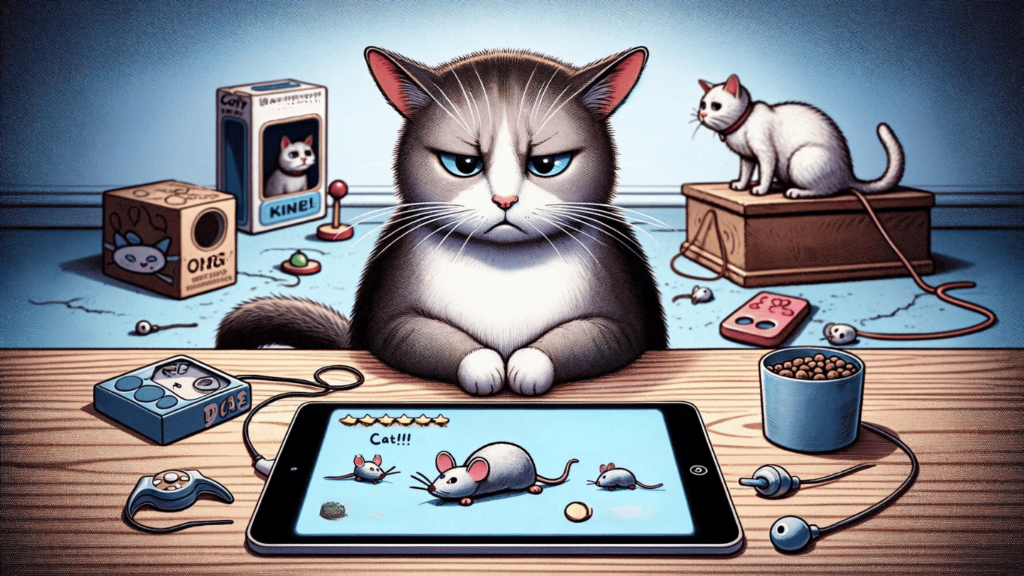
In an era where technology permeates every aspect of life, even our pets are not immune to the allure of digital entertainment. However, not all tech and cat gadgets are created equal in the eyes of our feline friends.
Tip: When selecting apps or toys, choose those that mimic the unpredictable movements of prey. This stimulates their natural hunting instincts, providing not just entertainment but also a workout for their minds and bodies.
4. Closed Doors
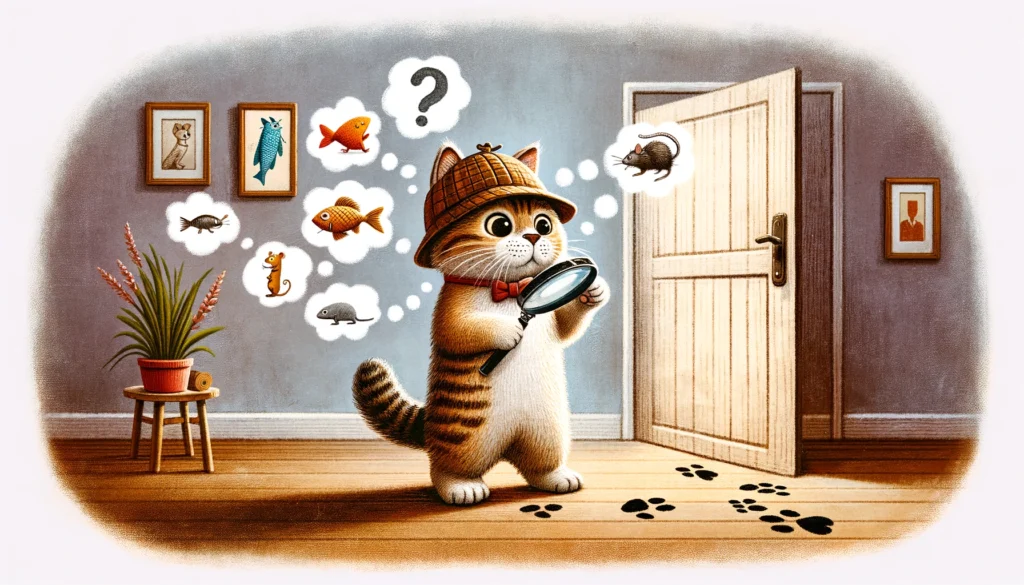
The sight of a closed door to a cat is like a red flag to a bull; it’s an irresistible challenge and a barrier to their world exploration. Cats are naturally curious creatures, and their need to know what’s on the other side of a door stems from their territorial instincts and desire for control over their environment.
Fun Fact: This curiosity isn’t just a quirk; it’s deeply ingrained in their behavior. Cats’ territorial nature means they prefer to have free roam of their domain, and any closed door represents a challenge to that freedom.
5. Dirty Litter Boxes
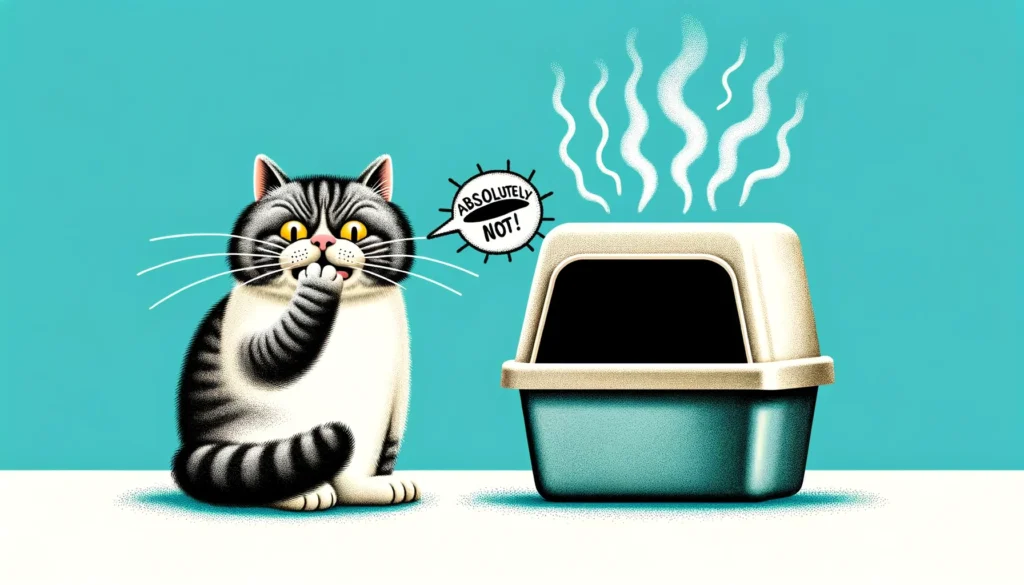
A cat’s disdain for a dirty litter box is not just about pickiness; it’s about instinct. In the wild, a clean area to eliminate helps avoid attracting predators. At home, a dirty litter box not only smells bad but also can make a cat feel vulnerable.
Tip: To keep your cat happy and your home odor-free, consider investing in an automatic self-cleaning litter box. These devices ensure that the litter box is always clean, minimizing odors and making life easier for both you and your pet.
6. Direct Eye Contact
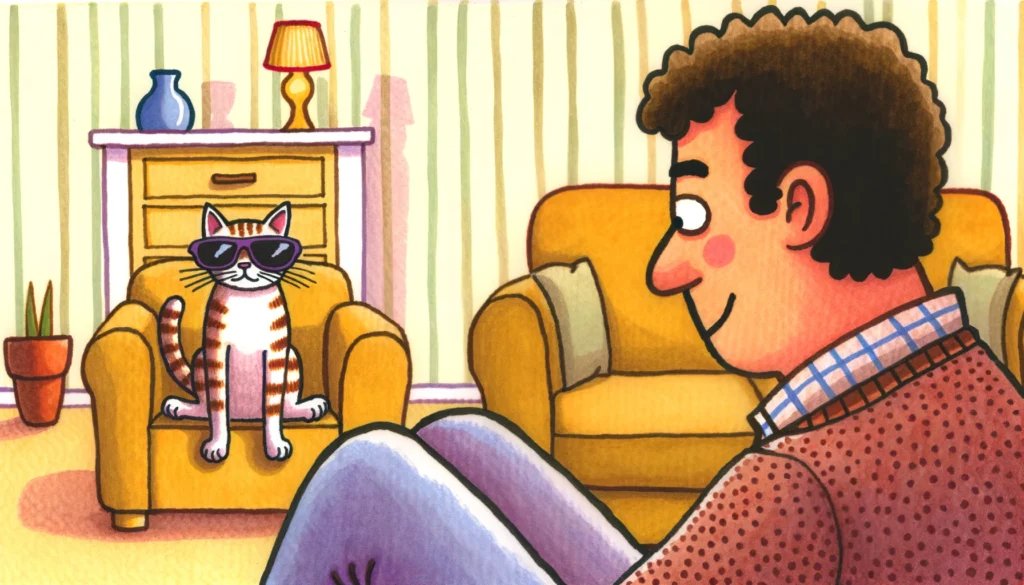
Staring into a cat’s eyes, though often a gesture of affection from humans, can be perceived as a threat or challenge by the cat. In cat language, prolonged eye contact is a form of dominance or aggression.
Fun Fact: Cats communicate trust and affection through slow blinking. By mirroring this behavior, you can tell your cat you love them in a language they understand, helping to build a deeper bond.
7. Too Much Affection
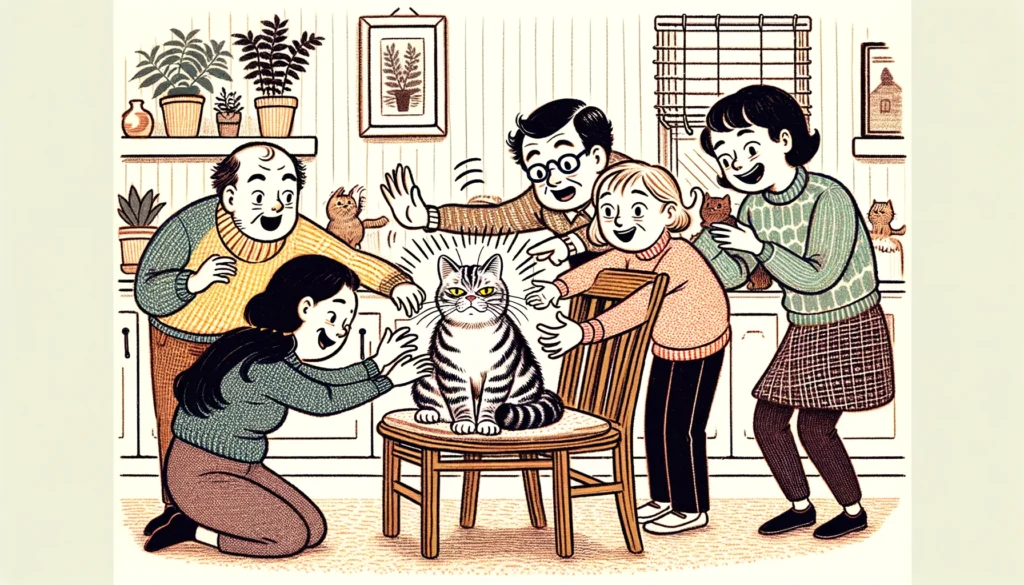
While we might assume our feline friends enjoy constant cuddles, too much of a good thing can be overwhelming for them. Recognizing a cat’s body language is crucial to understanding their comfort levels with affection.
Tip: Be mindful of signs that your cat may be feeling overstimulated, such as tail flicking, ear rotating, or attempting to move away. Respecting these signals and giving your cat space when needed can prevent discomfort and ensure a happy, stress-free pet.
8. Too Little Attention
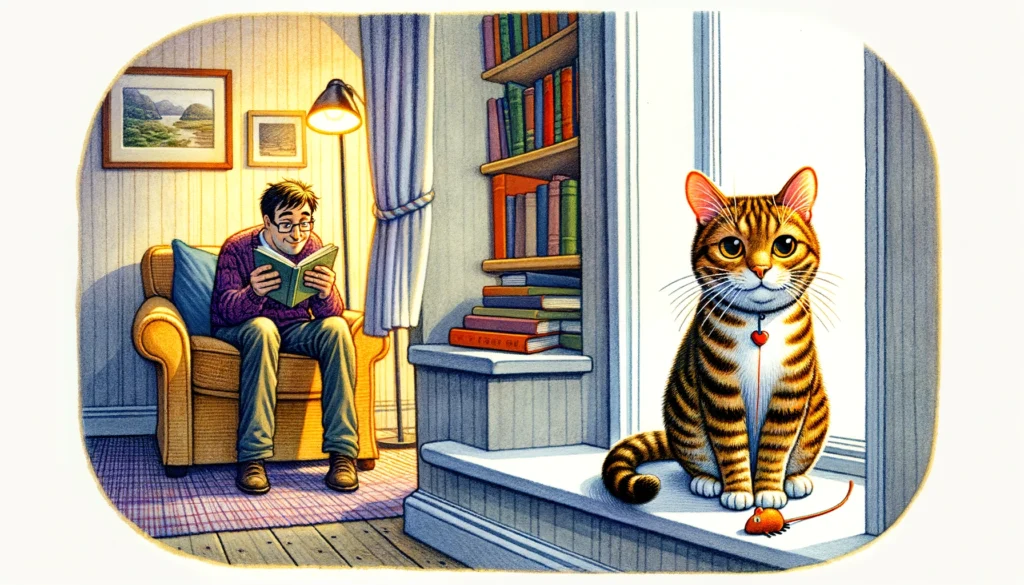
While cats often revel in their independence, they also crave moments of affection and engagement from their favorite humans. The art lies in balancing their need for solitude with their equally important need for attention and play.
Fun Fact: A cat bringing you a toy may be their way of saying, “Hey, let’s interact!” This gesture shows they’re not just solitary hunters but also social creatures desiring play and attention.
9. Punishment in Their Behavior
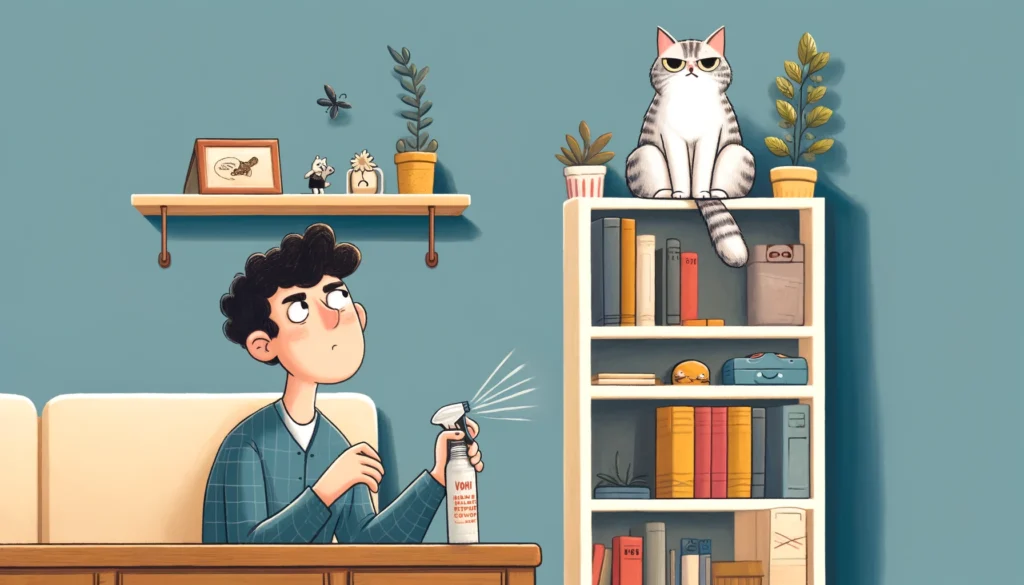
Cats do not understand punishment as humans do. Negative reinforcement can damage the trust between you and your cat, leading to behavioral problems rather than solutions.
Tip: Instead of punishment, use positive reinforcement for good behavior. Treats, praise, and playtime can encourage your cat to repeat behaviors you want to see. Ignoring undesirable actions and providing suitable distractions or alternatives can also help change behavior without causing fear or anxiety.
10. Medication Administration
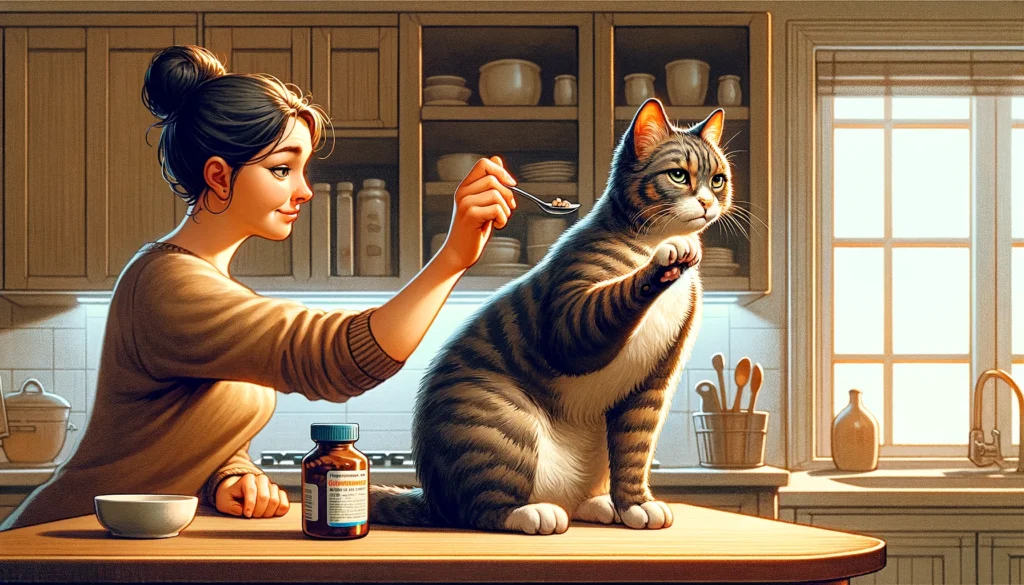
Cats’ natural aversion to unfamiliar tastes and experiences can make medication administration a test of wits and patience. Their keen sense of taste, especially for bitterness, can turn medicine time into a struggle.
Tip: Try using pill pockets or mixing medication with their favorite food. If the medication is in liquid form, a dropper placed gently in the side of the mouth, where there’s a gap, can help. Always follow up with a treat or extra affection to build positive associations.
11. Forced Handling and Ignored Cues
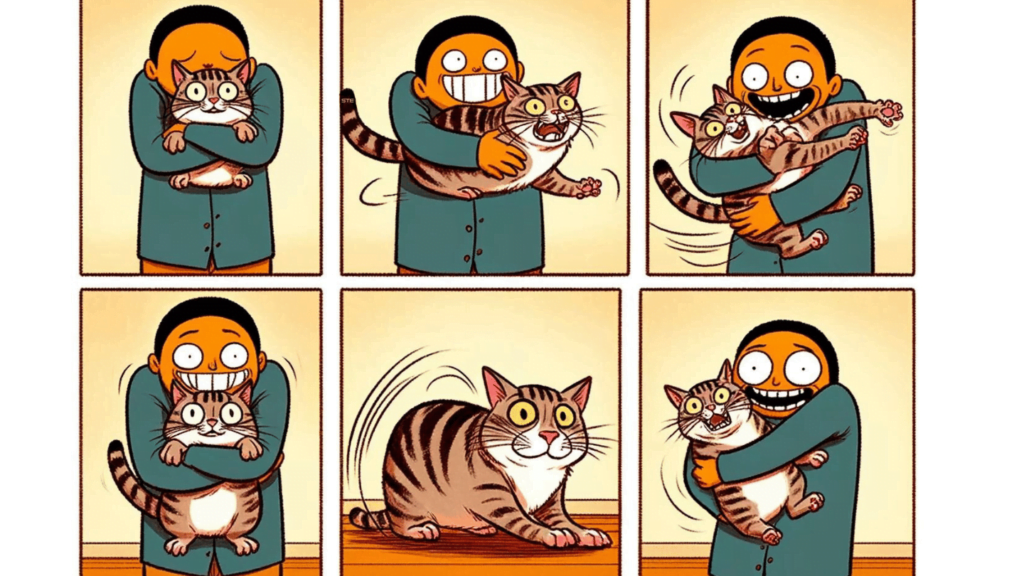
Cats hate being handled against their will or having their body language cues ignored. Forced cuddles or being picked up without acknowledgment of their signals can cause stress and anxiety.
Fun Fact: Cats prefer interactions on their terms. They’re more likely to enjoy being petted when they initiate contact. A cat approaching you with a raised tail, for instance, is a sign they’re open to interaction.
12. Strong Odors
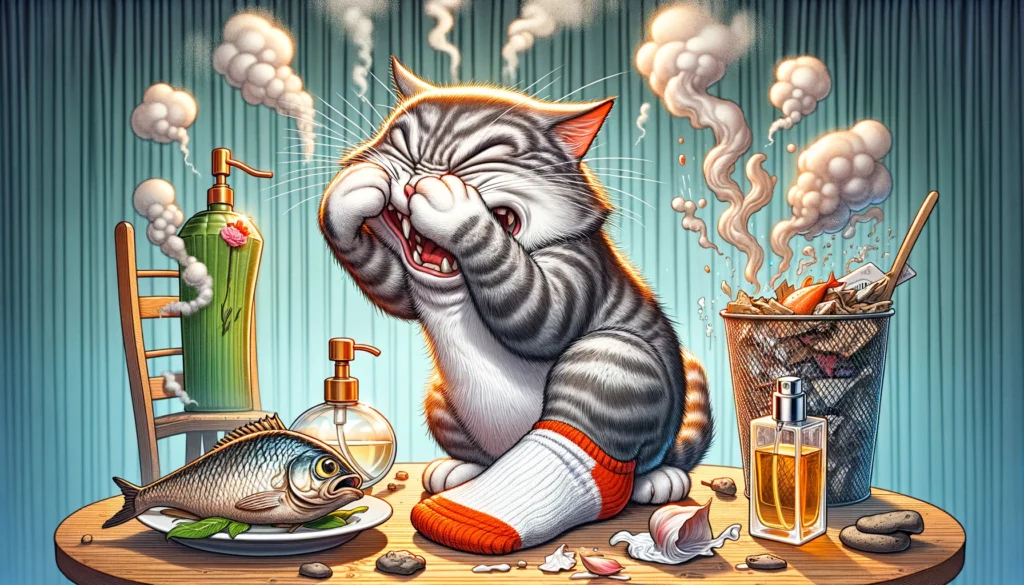
Cats possess an exquisite sense of smell, many times more sensitive than humans. This heightened olfactory ability means they can be particularly finicky about odors, whether it’s food, environment, or personal scents.
Fun Fact: Cats’ aversion to certain strong odors, like citrus or vinegar, is more than preference—it’s a protective instinct. These smells can be overwhelming and even harmful, driving their instinctual need to avoid them.
13. Dislike for Cold Weather and Low Temperatures
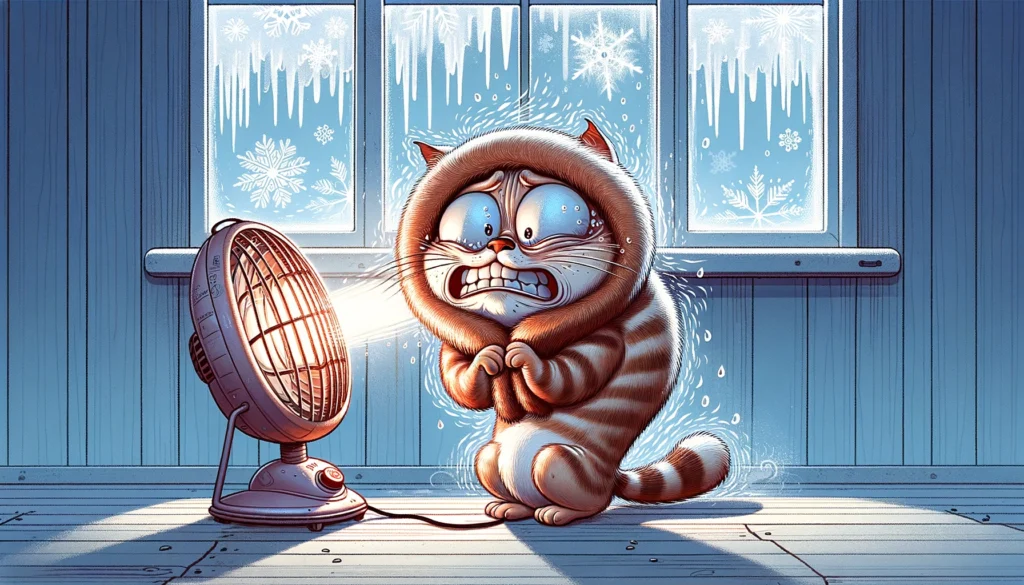
Cats, particularly those with thin coats or of a less hardy breed, often show a strong dislike for cold weather and low temperatures. Seeking warmth is a necessity for their well-being.
Tip: Ensure your cat has access to cozy, insulated spots around the house. Heated cat beds or thermal blankets can offer a warm refuge during colder months. Regularly check that their favorite resting places are kept away from drafts and cold floors.
14. Aversion to Change
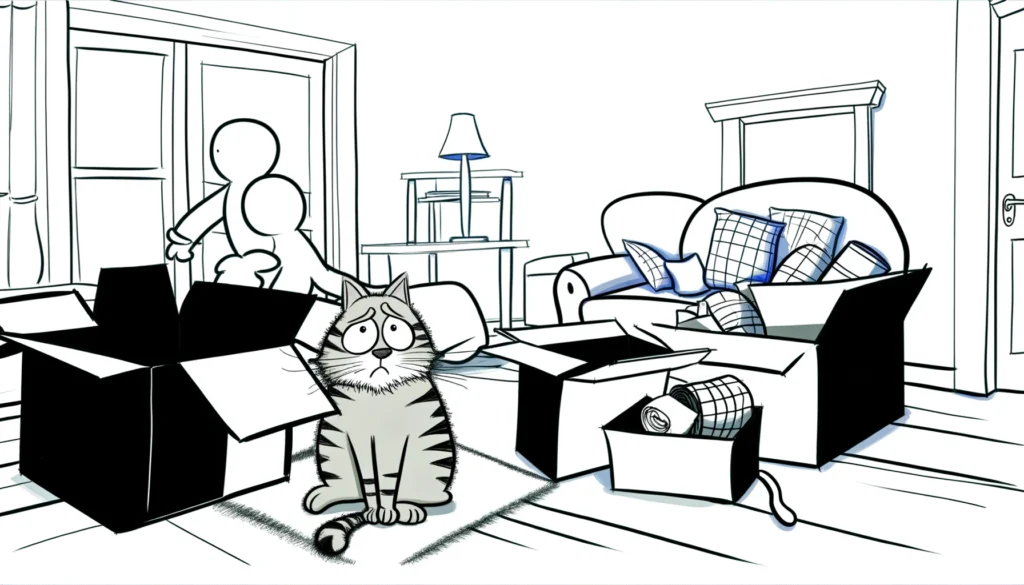
Cats are creatures of habit, and sudden changes in their environment, routine, or even in their human family’s dynamics can be unsettling for them. This aversion to change underscores their need for stability and predictability in their daily lives.
Fun Fact: Cats often use scent marking to familiarize their environment. When introducing changes, incorporating items with familiar scents or gradually acclimatizing your cat to the new situation can help ease their anxiety and make transitions smoother.
15. Dislike for Being Restrained
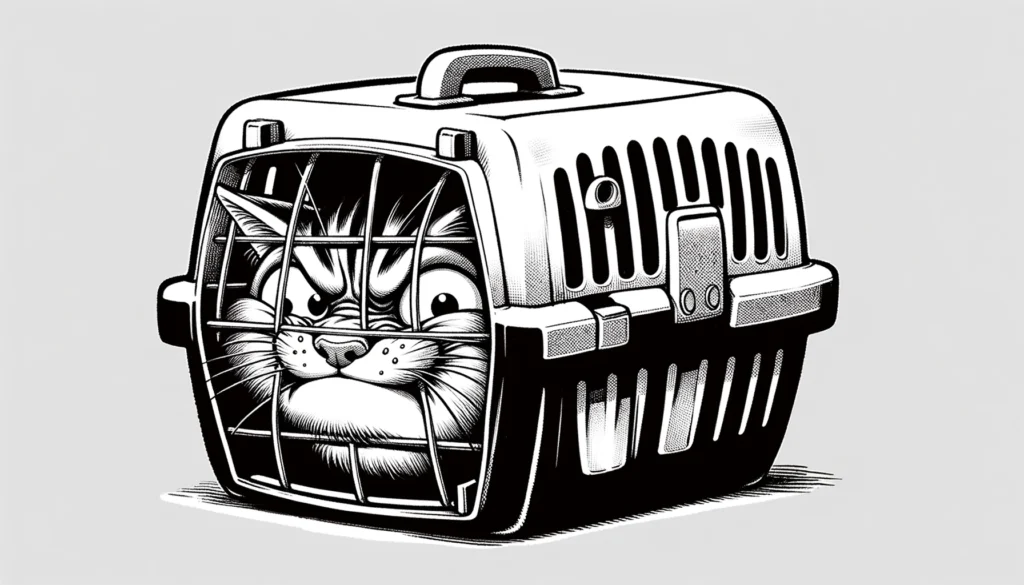
Cats highly value their freedom of movement, making restraint one of their least favorite experiences. Whether it’s being held too tightly, confined in a small space, or restricted from leaving a room, being restrained can lead to stress and fear.
Tip: Handle your cat gently and allow as much freedom as possible, especially during grooming or vet visits. Positive associations with carriers and other restraining devices can help reduce their stress. Also, leash training your cat requires patience and positive reinforcement to help them adjust to outdoor exploration while being restrained
16. Unwelcome Visitors in Their Territory
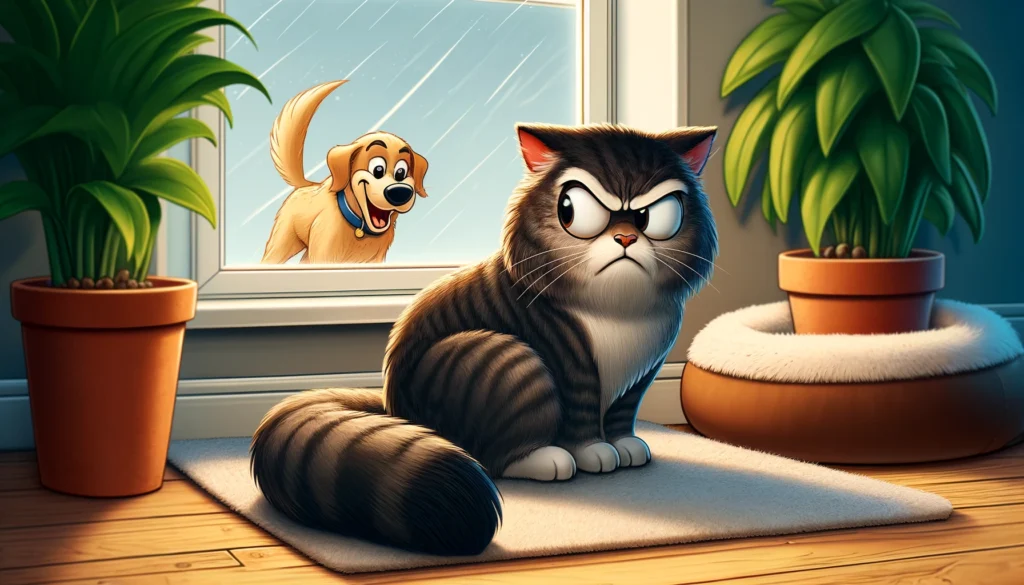
Cats are territorial animals, and the presence of unknown pets or people in their space can be a significant source of anxiety. This territorial instinct makes them wary of strangers, leading to hiding, aggression, or stress.
Fun Fact: Cats have scent glands on their cheeks and forehead, which they use to mark their territory. Allowing your cat to scent-mark items like blankets or furniture can help them feel more secure when faced with unfamiliar visitors in their home.
What do cats hate?: Building a Harmonious Relationship
Recognizing what our cats dislike allows us to navigate our shared space with empathy and understanding. Through this journey of discovery, we strengthen our connection and deepen our appreciation for our feline companions. Each cat’s dislikes serve as a reminder that they are unique individuals deserving of our love, attention, and respect.
Meet Sean, a fintech whiz with a penchant for pet purrs and blockchain buzz. After a decade of fintech feats, Sean’s tech talents leaped from ledger lines to litter lines, driven by a passion for pets and a vision for a more connected pet care community. With three critter companions as co-pilots, Sean launched this blog to share a treasury of pet-friendly tech tips and tales.

